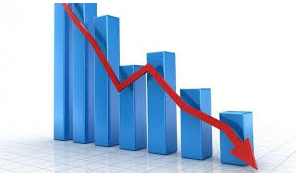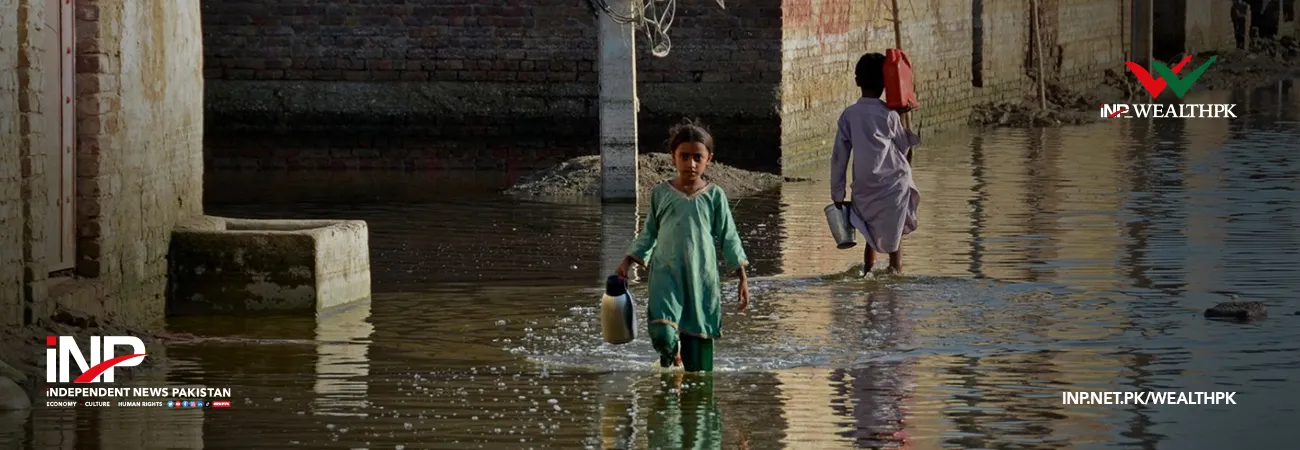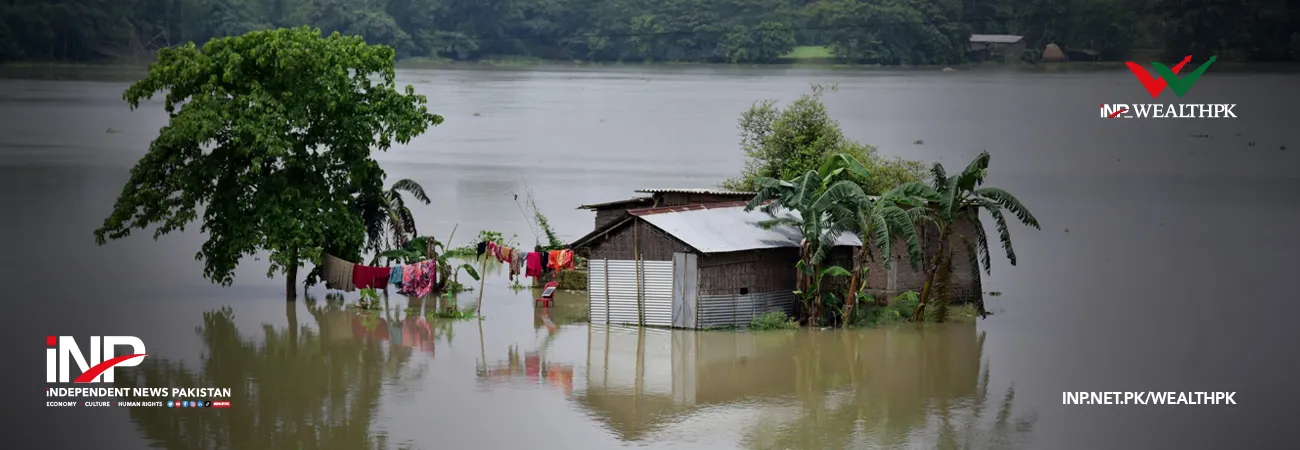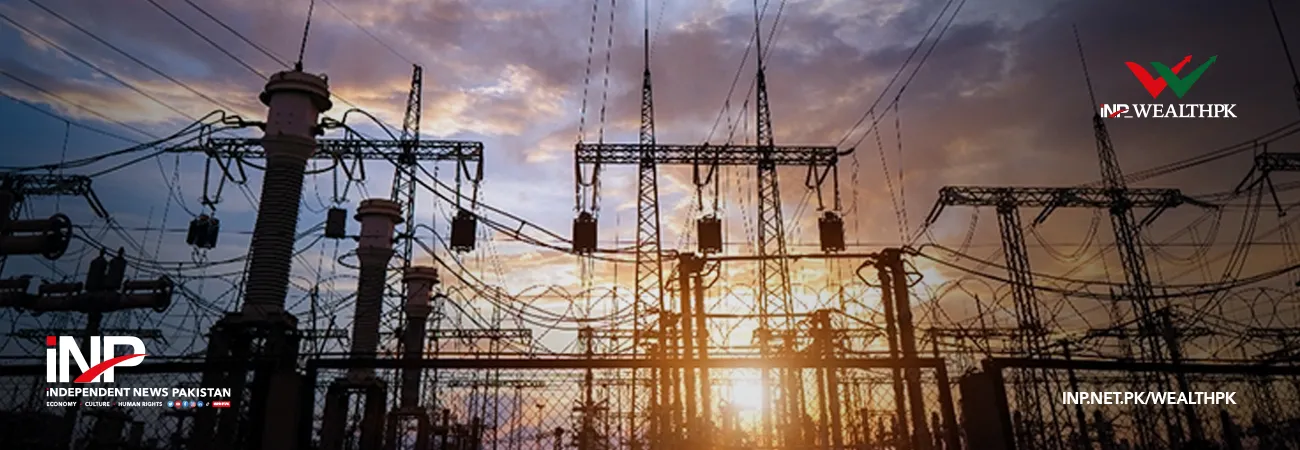آئی این پی ویلتھ پی کے
Farooq Awan
Pakistan’s economy has suffered losses exceeding Rs822 billion ($2.9 billion) due to the devastating floods that swept across the country between June and September 2025, reducing the national growth outlook for fiscal year 2026 to between 3.5 and 3.9 percent, against the targeted 4.2 percent, according to the Preliminary Assessment of Flood Damages Report released by the Ministry of Planning, Development and Special Initiatives.

The report described the 2025 floods as “unprecedented and apocalyptic,” ranking them among the worst natural calamities in Pakistan’s recent history. It confirmed that more than 1,039 lives were lost, over four million people displaced, and around 229,763 houses damaged or destroyed. The floods also inflicted severe losses on agriculture, infrastructure, housing, energy, and social services, prompting the government to revise growth forecasts and shift budgetary priorities towards relief and rehabilitation.
The report estimates that damage to agriculture amounts to Rs430 billion, while infrastructure losses total Rs307 billion. Housing damage has been valued at Rs92 billion, and the power sector has sustained losses of around Rs25 billion. The floods have also disrupted transportation and supply chains nationwide, contributing to output losses equivalent to 0.3–0.7 percent of GDP.
“Pakistan contributes less than one percent to global greenhouse gas emissions, yet it stands among the world’s most climate-vulnerable nations,” the report stated, underscoring that the country topped the Global Climate Risk Index 2025 as the most affected by extreme weather events in 2022. It said that the latest disaster reinforces Pakistan’s position as a frontline state suffering from “climate injustice.”
The Planning Ministry’s analysis indicates that Punjab, Sindh, and Khyber Pakhtunkhwa were hit hardest, with rainfall reaching up to 50 percent above monsoon averages in some districts. Large swathes of farmland, roads, and settlements were submerged, while key industries linked to agriculture and energy also suffered production disruptions.
The report projects that the agriculture sector will grow by only 3.0–3.8 percent in FY2026, compared to the earlier target of 4.5 percent. The industrial sector is expected to expand by 4.1–4.2 percent instead of 4.3 percent, and services are likely to decelerate to 3.5–3.7 percent growth. Unemployment is expected to rise by nearly 0.22 million workers in the current fiscal year.
Prime Minister Shehbaz Sharif, in his message included in the report, called the catastrophe a “national tragedy that shattered lives and livelihoods.” He pledged that the government would adopt a “build back better” approach, focusing on climate-resilient infrastructure and inclusive recovery. “We will transform this moment of crisis into an opportunity to rebuild smarter and stronger,” he said.
Despite the scale of destruction, Pakistan has not yet issued an international appeal for aid, relying first on domestic resources. However, the report noted that multiple global organizations have already begun extending targeted support. It added that a comprehensive damage and needs assessment would follow this preliminary analysis.
The Ministry of Planning emphasized that the post-flood reconstruction strategy would prioritize infrastructure rehabilitation, housing reconstruction, and agricultural revival while aligning fiscal policies to balance humanitarian needs with macroeconomic stability. “The recovery will demand sustained investment and long-term climate adaptation,” the document concluded, urging coordinated action among federal and provincial agencies, armed forces, and civil society.
Credit: INP-WealthPk











